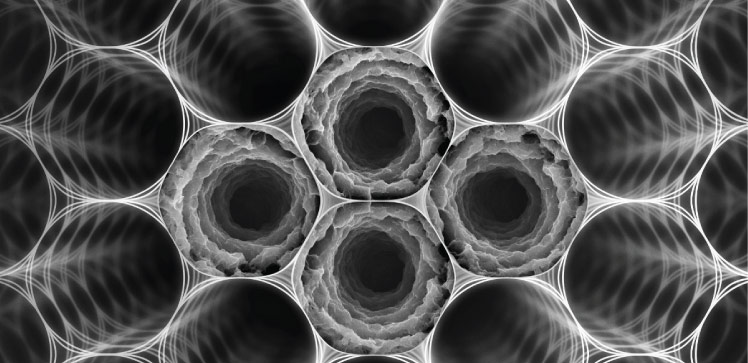KAUST, a Saudi Arabian private research university, says that lithium batteries may soon enjoy enhanced efficiency, thanks to a highly ordered foam of molybdenum disulfide (MoS2) that it has discovered.
KAUST reports that the complex hierarchical structure of the self-assembling foam allows it to easily and repeatedly soak up and then release large quantities of lithium ions, making the new material a potential key component of faster-charging and longer-lived lithium-ion batteries.
Although MoS2 has been a promising lithium-ion battery anode material, it typically consists of atomically thin 2D layers, stacked like sheets of paper. “This brittle layered structure lacks electrochemical stability and limits lithium-ion diffusion into and out of the material,” says Xuan Wei, a PhD student in the lab of Vincent Tung, who led the research.
Tung, Wei and their collaborators at Aramco eventually discovered a setup in which the nanosheets form an organized stable 3D foam. This structure is essential to the excellent anode performance of the material, which was shown by the team to maintain a high lithium capacity over time and to withstand repeated swelling and shrinking as large amounts of lithium are absorbed and then released over each battery discharge/recharge cycle.
Source: KAUST


This was an excellent read. Very thorough and well-researched.